Tag: Featured
-
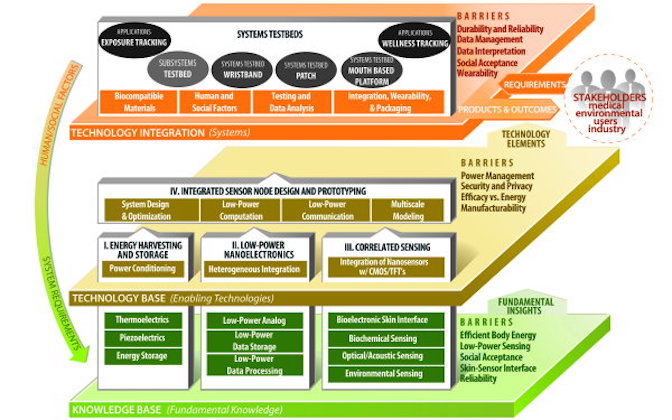
Accurate, self powered health monitoring technologies
The NSF‘s ASSIST center, based at NC State, is using nanotechnology to build clinically accurate, self-powered health monitoring technologies. The team, led by Veena Misra, is developing tiny devices harvesting energy from body heat (which creates thermal energy) and body motion (which creates mechanical energy). They can be used on various areas of the body.…
-
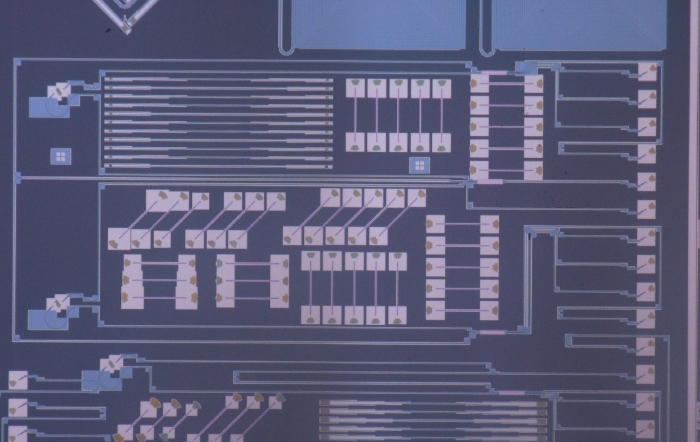
Cheap, non-invasive, mobile cardiovascular disease screening
An IMEC led consortium is developing CARDIS, a mobile, low-cost, non-invasive, cardiovascular disease screening device, with the goal of mass screening. Current detection methods, including chest X-ray, ECG, Holter monitoring and cardiac MRI, often detect CVD at a later stage due to cost or complexity of use. CARDIS is based on Doppler vibrometry (LDV) – a…
-
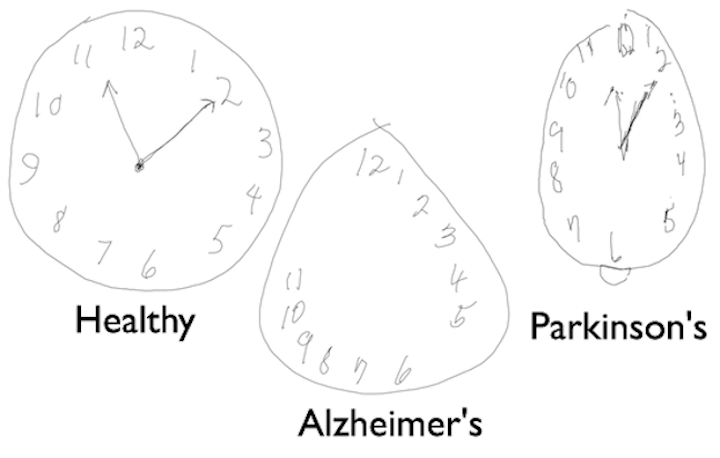
Digital pen/machine learning based neurodegenerative disease diagnosis
MIT researchers have developed a digital assessment tool based on the Anoto Live Pen that they believe will improve the accuracy of Alzheimer’s and Parkinson’s Disease diagnosis. A paper demonstrates a machine learning based predictive model that might detect neurodegenerative diseases earlier than current methods. According to lead author William Souillard-Mandar, the technology “allows us to extract…
-
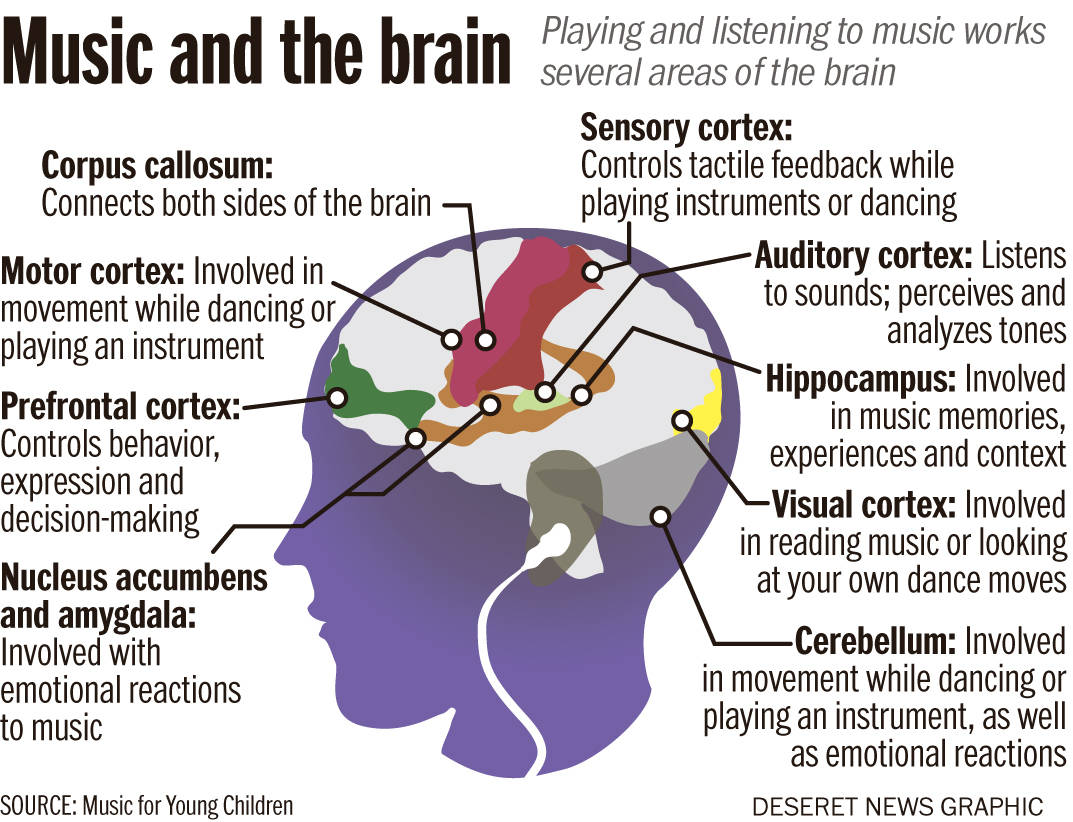
Epileptic patients process music differently
Ohio State researchers have found that epileptic patients’ brains process music differently, and hypothesize that music therapy could be used to reduce temporal lobe seizure frequency. The brainwaves of 21 epileptic and healthy patients were examined as they listened to music, interspersed with moments of silence. The order of the pieces was randomized, and 10 minutes of silence…
-
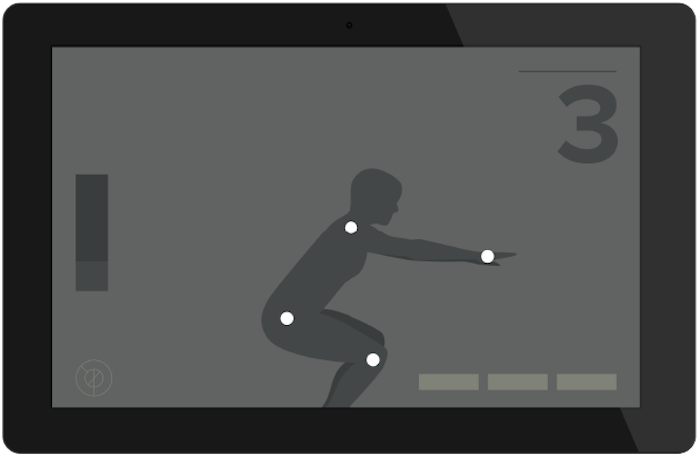
Digital PT tool assesses range of motion
Physmodo is disrupting physical therapy, using Microsoft Kinect to assess range of motion. The ADEPT Clinic app senses changes in movement in multiple joints simultaneouly. A manual goniometer can only measure individual joints, and its accuracy depend on the measurer. The developers believe that Physmodo better equips therapists to track recovery, and motivates patients by allowing…
-

Cheap, disposable, tiny, adhesive glucose monitor
Google Life Sciences ha partnered with DexCom to develop cheap, miniaturized, disposable, bandaid-like continuous glucose sensors. The devices will incorporate Google’s miniaturized electronics platform with DexCom’s sensors. The goal is to shrink DexCom’s current monitor, giving patients a less obtrusive way to monitor their condition in real time. Alphabet has announced that Google Life Sciences, Google…
-
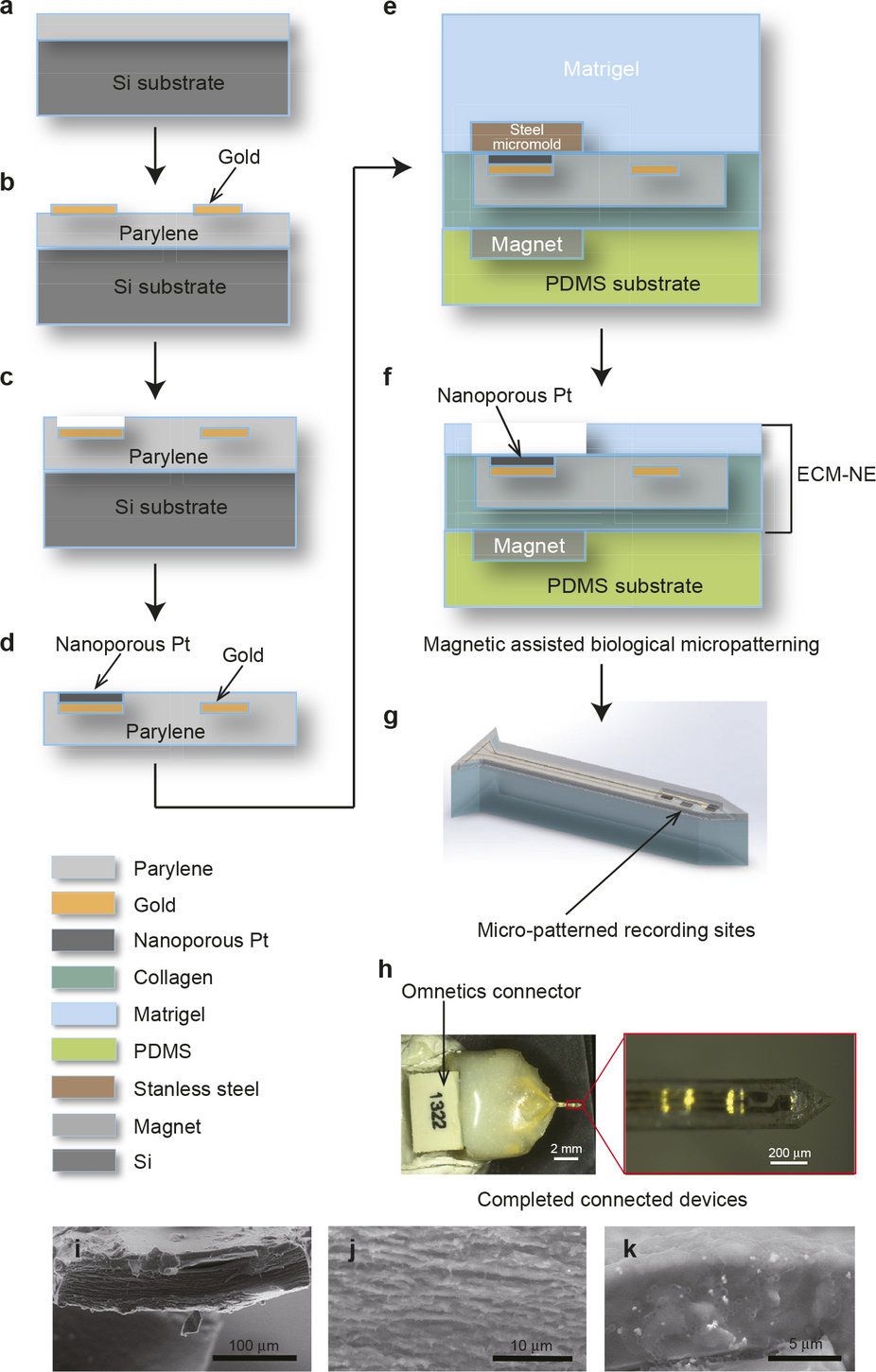
Biocompatible neural prosthetics
Spinal injury patients, and those with lost limbs, sometimes have neural prosthetic devices implanted in an attempt to regain independence. They are used for deep brain stimulation and brain controlled external prosthetics. However, neural prosthetics are often rejected by the immune system, and can fail because of a mismatch between soft brain tissue and rigid…
-
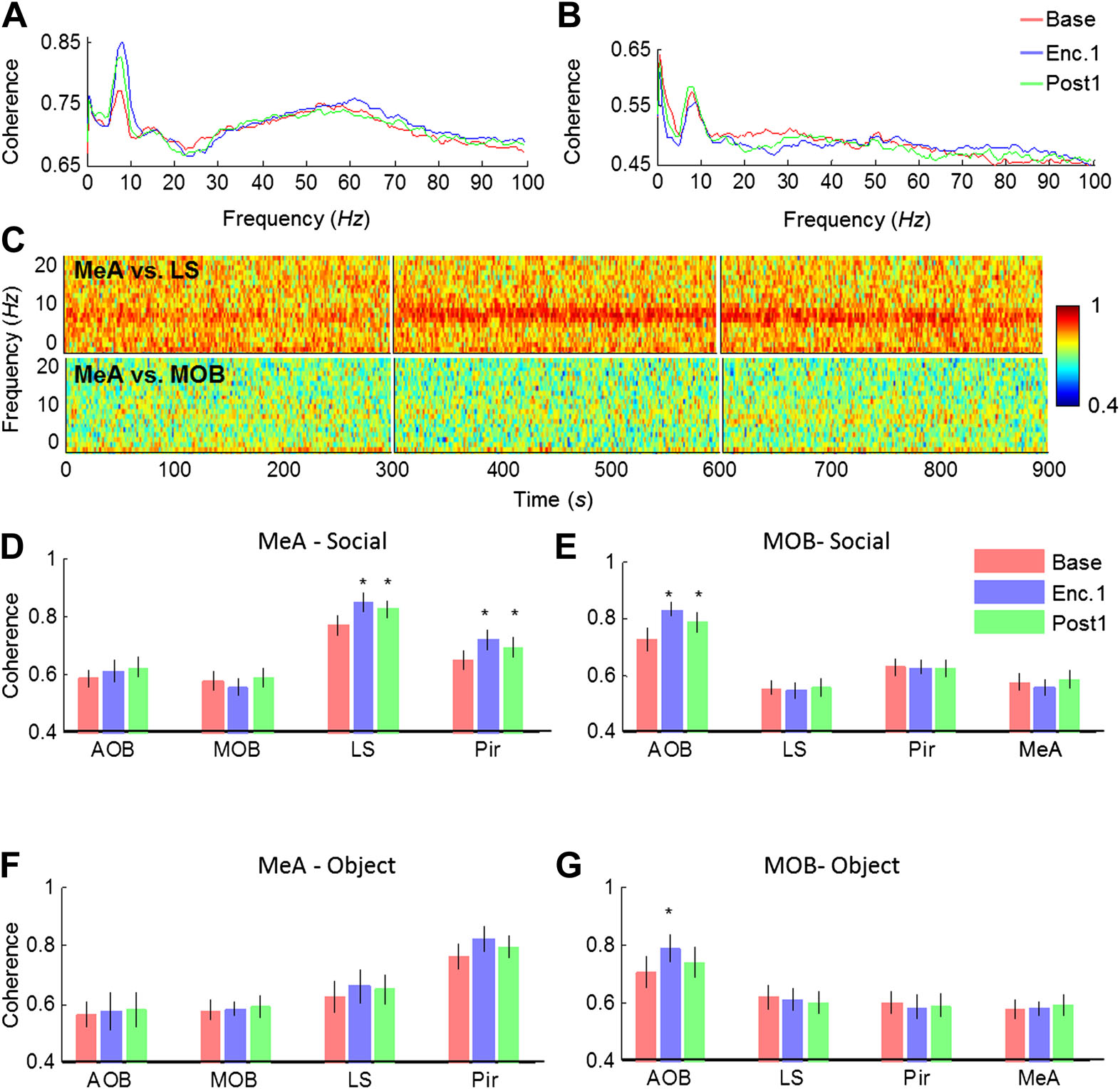
Study: Emotions linked to learning and memory
Shlomo Wagner at the University of Haifa has published a paper linking emotions to the processes of learning and memory. For the first time, electrical activity that takes place in the brain during the formation of social memory was identified. Wagner believes that “different emotions cause the brain to work differently and on distinct…
-

Mirror sensors, imaging systems, assess cardio-metabolic risk
Wize is a mirror that its developers claim can monitor health with breath monitors, 3D scanners, video cameras, and imaging systems. It assesses cardio-metabolic risk through changes in face shape and circulation, signs of anxiety, and breath tests for heart attack-inducing chemicals. After a user looks into the mirror for one minute, a health score…
-

Continuously correcting BCI technique improves precision
Stanford‘s Krishna Shenoy has developed a more precise brain-controlled cursor for a virtual keyboard using a technique that continuously corrects brain readings. An algorithm analyzes the measured electrical signals that a prosthetic device obtained from sampled neurons. It adjusts the signals so that the sample’s dynamics were more like baseline brain dynamics. The thought-controlled keypad would allow…
-
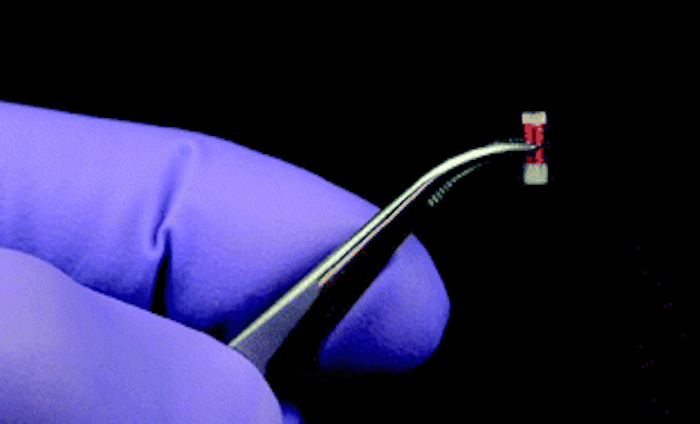
Biochemical sensor helps refine cancer treatment
MIT professor Michael Cima is developing a tiny biochemical sensor that can be implanted in cancerous tissue during a biopsy. It wirelessly sends biomarker data to an external device, allowing doctors to monitor progress, and adjust dosages or switch therapies accordingly. The sensor fits into the tip of a biopsy needle. It contains 10 microliters…
-

Video messaging app for the hearing impaired
Glide combines the concepts of WhatsApp with Skype, enabling users to send short videos of themselves. It has become a popular communication tool for the hearing impaired, who use it for sign language messaging. The app has 20 million registered users. The company hopes to soon offer instant subtitles for sign language, and the ability to convert…